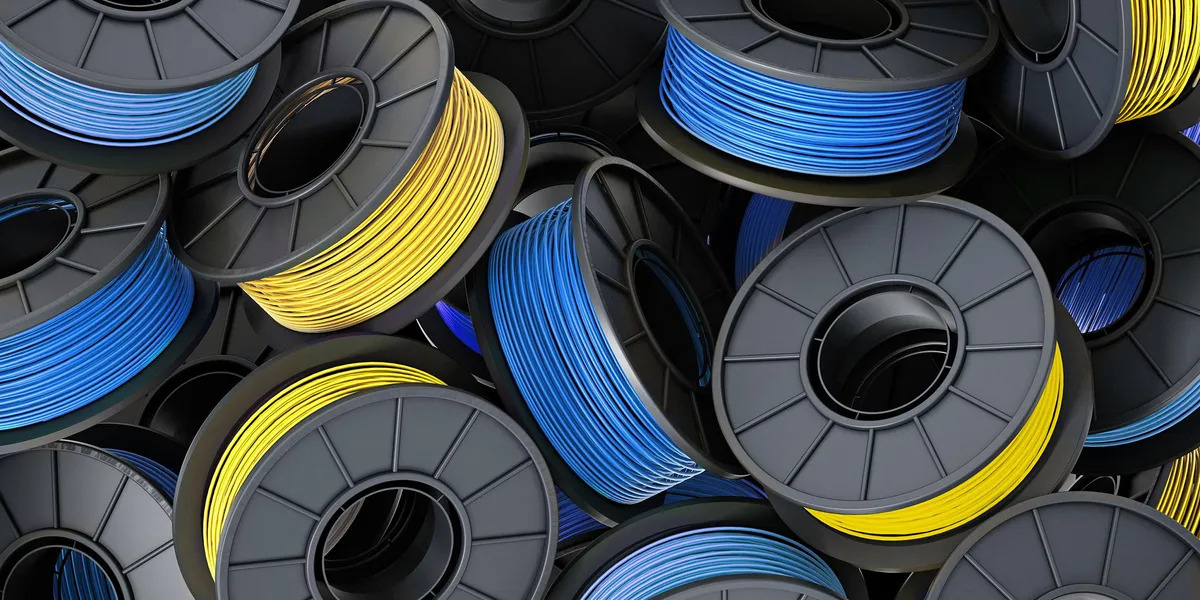PLA filaments: made from corn or sugarcane starch, they are biodegradable and easy to print. They are ideal for 3D printing that does not require high mechanical strength.
ABS filaments**: used for 3D printing for longer than PLA, they are very impact resistant and have good thermal stability. They are often used for the creation of resistant parts.
PETG filaments**: they are impact resistant and easy to print, but also offer better weather resistance than PLA and ABS filaments.
TPU filaments**: they are soft and elastic, making them ideal for 3D prints that require flexibility, such as shoe soles.
It is important to consider certain criteria when choosing a filament for 3D printing. Here are the main ones:
-
The strength of the material**: it is important to choose a filament according to the mechanical strength required for the object to be printed.
-
Material flexibility**: If the object to be printed requires a certain amount of flexibility, it is important to choose a suitable filament, such as TPU.
-
3D printing temperature**: each filament has a specific printing temperature, which can vary considerably from one material to another. It is important to ensure that your 3D printer is capable of printing the filament you choose at the correct temperature.
-
Surface quality**: some filaments have a smoother finish than others, which can be important depending on the object you are printing.
-
The cost** : some filaments can be more expensive than others, so it is important to take into account the budget when choosing.
It is important to take into account certain good practices for the use of filament in order to obtain quality 3D printing.
Filament storage
Filament is sensitive to moisture, heat and light, which can affect its quality and performance. It is therefore important to store the filament in a cool, dry place away from direct sunlight. Some filaments also require airtight storage to prevent moisture absorption. Therefore, it is recommended to use airtight storage bags or boxes with silica gel packets to absorb moisture.
Cleaning the extrusion nozzle
The extrusion nozzle can become clogged with filament residue, which can affect the print quality. It is therefore recommended to clean the nozzle regularly to remove filament residue. To do this, you can use a needle or a specialized tool to dislodge the filament residue.
Print settings
Print parameters such as extrusion temperature, print speed, infll density and layer height are critical to achieving quality 3D printing. It is important to set these parameters according to the filament being used and the print project. The recommended settings are usually provided by the filament manufacturer and can be adjusted to suit your needs.
Choosing the right filament for quality 3D printing is crucial. By understanding the different types of filament available and considering key selection criteria such as strength, flexibility, print temperature, surface quality and cost, you should be able to choose the filament that is best suited for your 3D printing project. By also following good practices for filament use such as filament storage, extrusion nozzle cleaning and print settings, you should be able to achieve quality printing.


Recent Comments